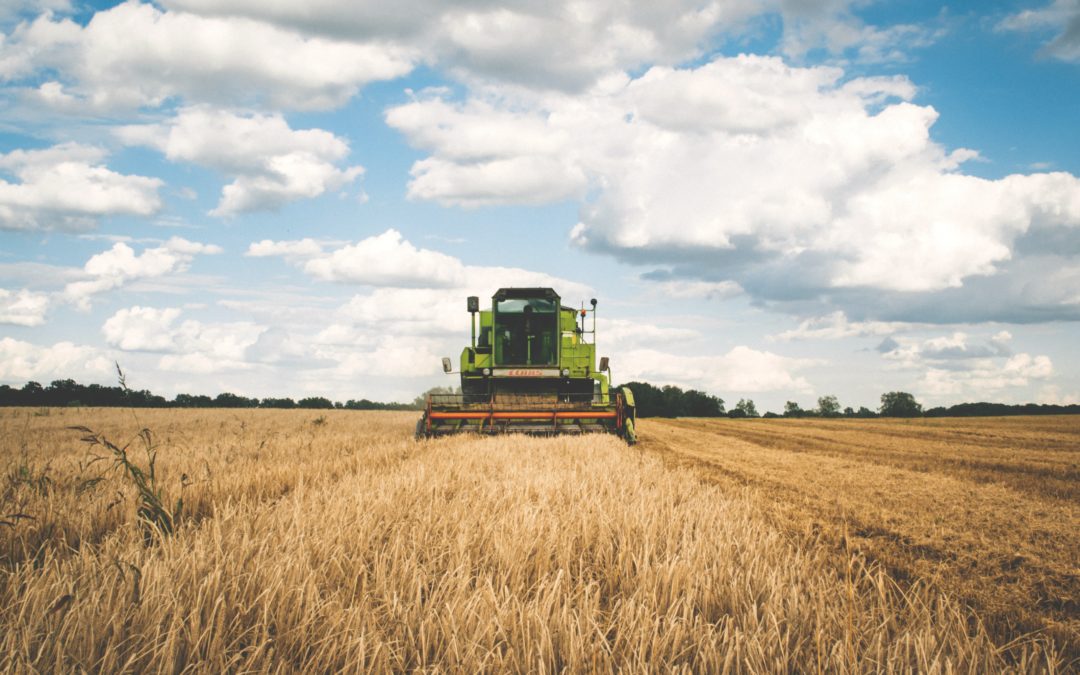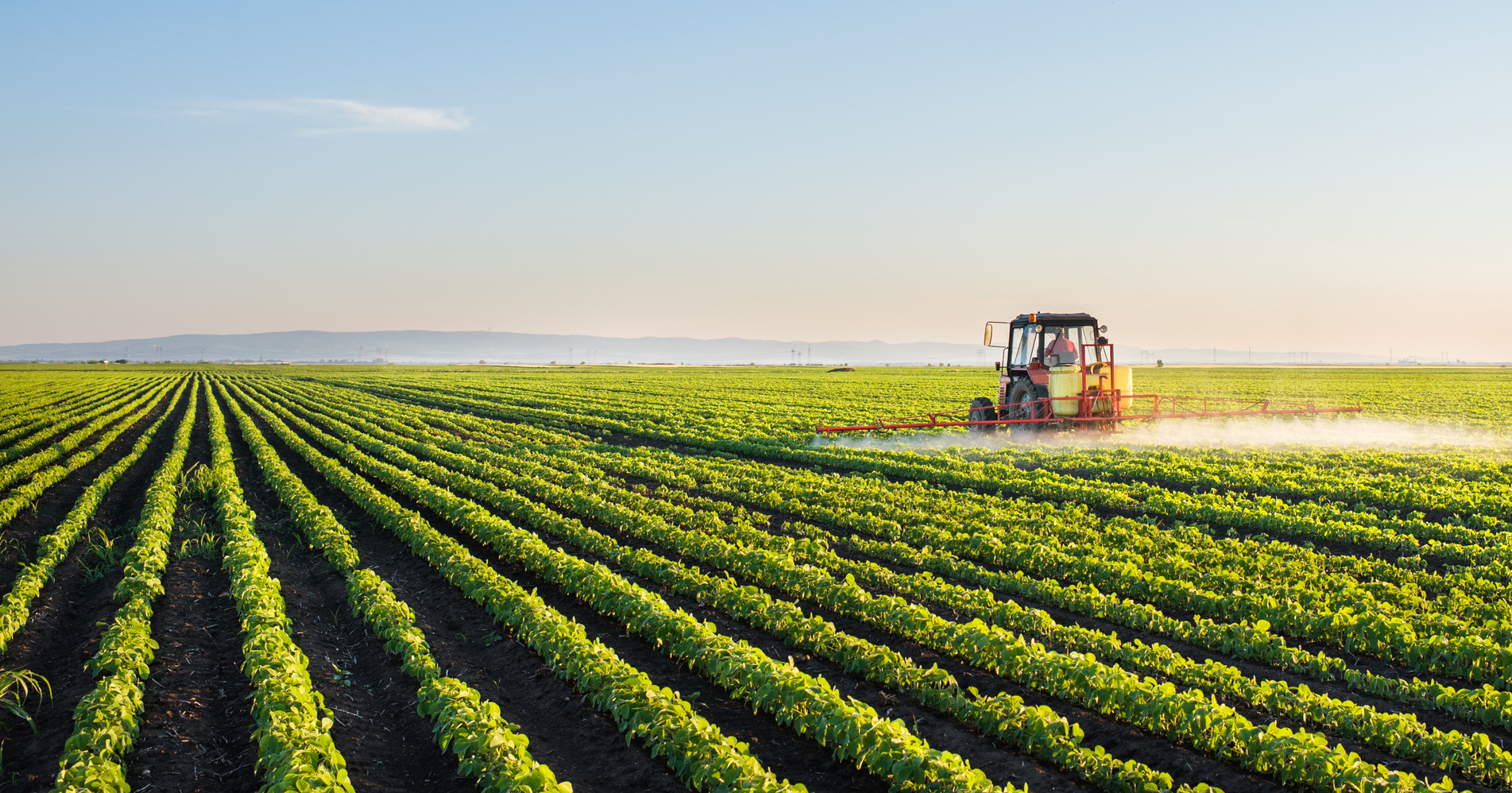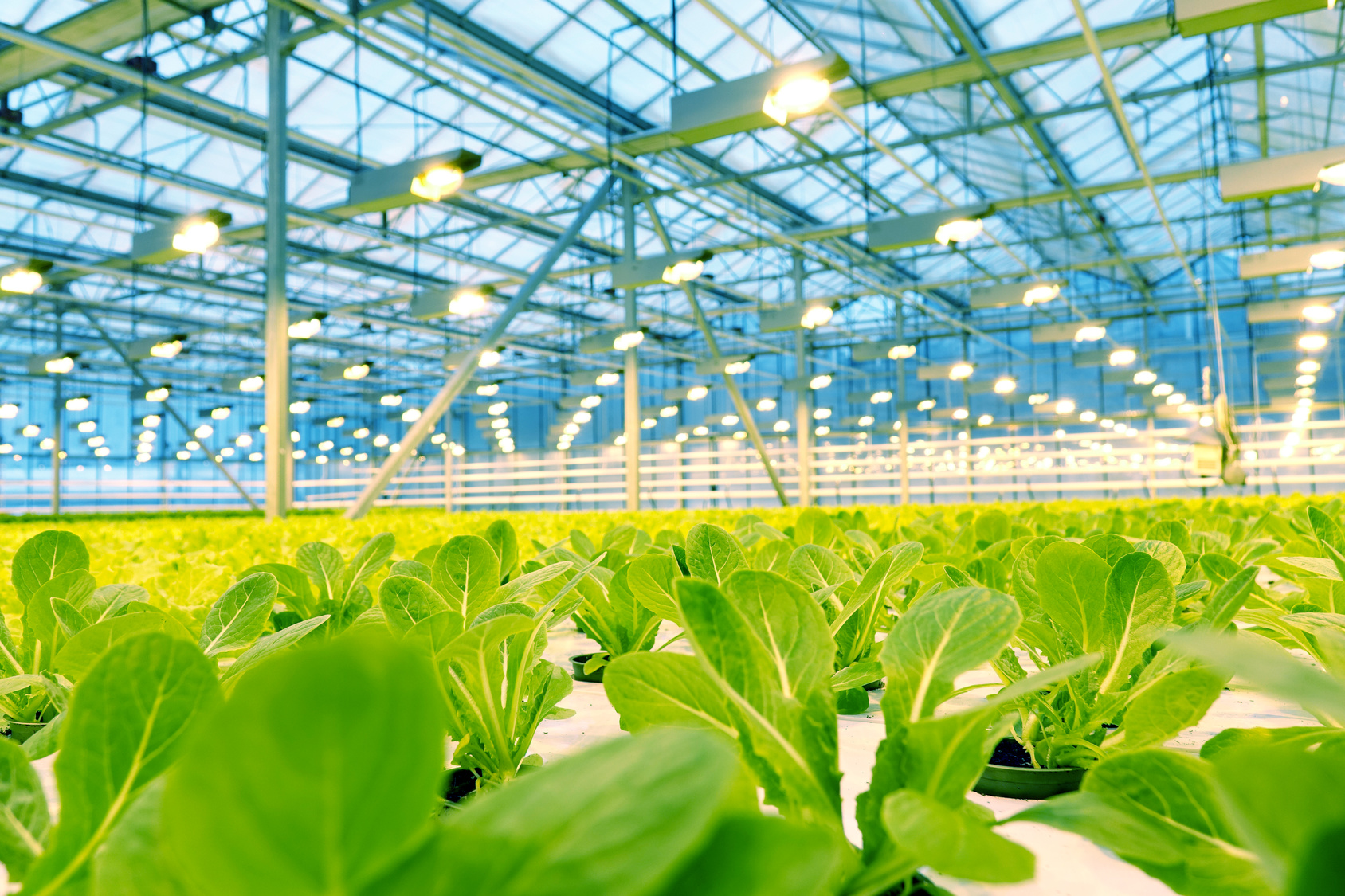Innovation is what drives prices down. That’s why we have TVs and computers that are both incredibly powerful and affordable, and why we have healthcare that is incredibly unaffordable.
If food prices had risen at the same rate over the last 20 years that health care costs to have, a dozen eggs would cost $55 today. So clearly there’s lots of room for innovation and improvement on the healthcare side, which means there is still a substantial amount of opportunity left to drive innovation and reduce cost.
We spend $1.7 trillion each year in this country on food and beverages and $1.9 trillion on health care related to poor nutrition. Food is Health! At the same time, net farm income is at the lowest point it has ever been. There are farmers out there who are barely able to make ends meet.
Why this disconnect?
How do we make our health care system better and less expensive while also improving nutrition so that we can also pass some of that $500 billion in health care spending through to the farmer so that farming becomes more economically sustainable? When that happens, agriculture will be better able to then implement things like sustainability, new technologies and, and otherwise level up its systems.
The future of food
The truth is, we’re living with two different food systems right now.
One is the current system, which has done a phenomenal job of providing food security for a significant portion of the world. Unlike in centuries past, a not insignificant segment of the popular really doesn’t have to worry about where their three meals a day will come from. On the whole, food is relatively inexpensive and, at least in the U.S., fairly abundant.
But the problem is, it’s really evolved to be a system that’s void of nutrition and perhaps focused on the wrong things. It’s great a providing cheap calories, but not food that’s actually good for us. In short, the current system is making us fat and contributing to diabetes and obesity and other diseases. It is at the core of many chronic illnesses, and that connection is accelerating.
On the other side, a relatively small portion of the overall food system is trying to fix this, providing us with foods that are healthy, tasting and actually nutritious. It includes companies focused on providing fresh vegetables, locally grown foods, that are concerned about animal welfare and what’s going into producing the veggies and meats that we consume.
None of this is necessarily affordable yet to the general population. So, while the upper end is benefitting from it – and it’s clear that the top portion of the economic pyramid lives longer than those at the bottom, and diet is a big reason why — this is not a system that benefits everybody.
What we need is a third system that understands that consumers base a significant amount of their purchase decisions on price.
So, the question becomes how do we combine all of the benefits of today’s system, without the downsides, and make it as affordable (or more affordable) than food is now?
We start by making nutritious foods more addictive than sugar. We make good options cheaper and more attractive than bad foods. We eliminate waste. And when we can do those things, it’s easier to change behavior and get people to adopt the new model.
When food tastes good, you’re going to eat it. And if it’s less expensive, you’re going to buy it. If more nutritious is less expensive than junk food, then you’re going to eat that as well. And that’s how we start to solve some of our complex and very costly healthcare issues as well, whether it’s diabetes, or cancer, or heart disease, or even Alzheimer’s.
Creating a new system
How do we get there? Some of the keys we’re watching as building blocks for this new system include:
Reducing waste: Waste is a massive problem when it comes to controlling costs, and that includes in-field and supply chain waste as well. How can we create better crop protection systems that make sure we are able to optimize the harvest? How can we develop better food safety systems to reduce post-harvest loss and issues during processing?
Improving ingredients: This starts with healthy, nutritious, and delicious ingredients. As we look to redefine the food system, we’re trying to identify better options that can be drop-in replacements for what’s used today. Food companies need to be able to readily adopt these better ingredients without having to go through and do a lot of experimentation and a lot of reformulation in order to improve their products. That’s a large part of our evaluation when we look at new food ingredients and why we think there’s tremendous opportunity in new ingredients.
Better proteins: The reality is the animal protein world is not going away. It is going to continue to be an incredibly important part of our production system. So, we need to figure out ways to make it better. There’s a tremendous opportunity, given the size of the market, just to simply make existing animal proteins more healthy, nutritious, sustainable, and ethical. But that’s not all. There are also a variety of ways of producing new proteins, whether they be plant-based proteins or animal-free proteins such as those that are made from either yeast bacteria or enzymatic processes
iSelect is supporting companies in agriculture technology, healthcare, resource efficiency and more that are working to make this new food system a reality. Learn more and get involved at www.iselectfund.com.





